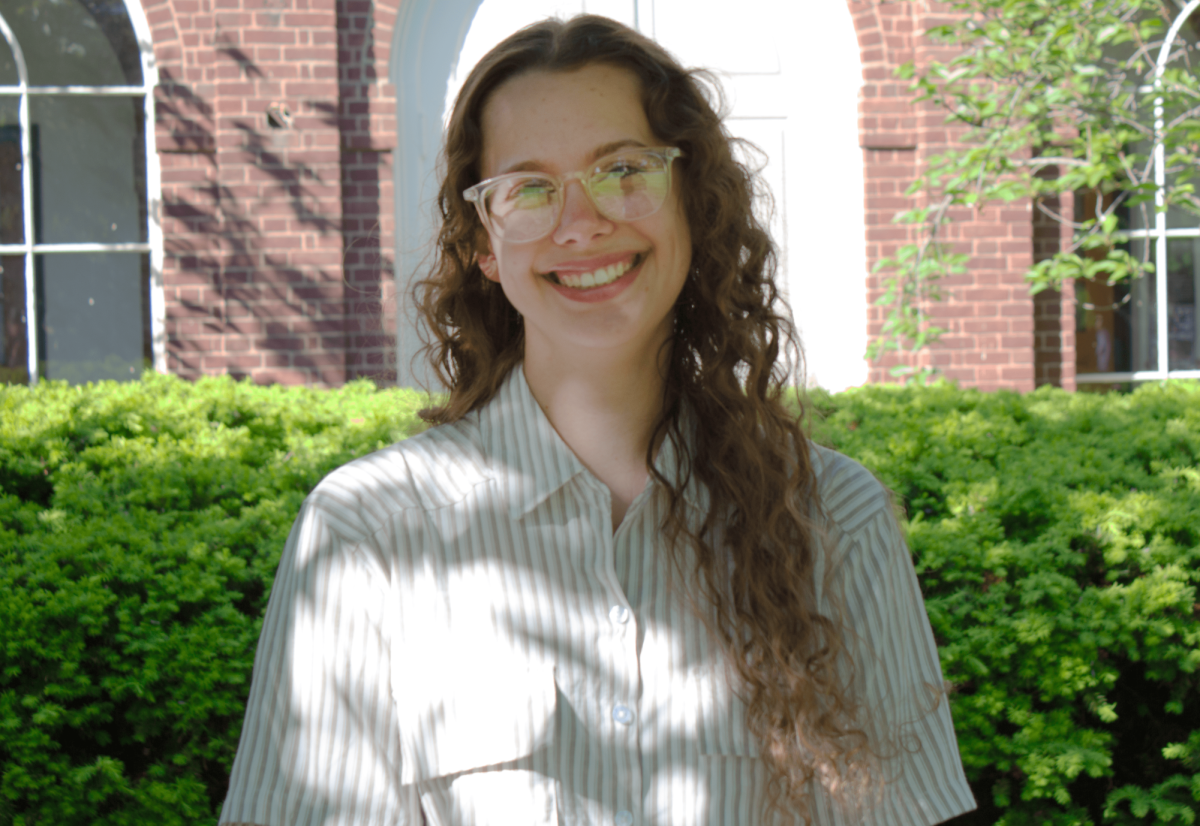By Christina Oddo
Writer
The Office of Civic Engagement, the department of East Asian Studies, the Japan Society and the Susquehanna Valley Japanese Community co-sponsored a panel discussion on Japan on April 19. Dr. Elizabeth Armstrong, associate professor of East Asian Studies, moderated the event.
Jim Orr, associate professor of East Asian studies, opened the panel with a discussion on the history of earthquakes in Japan, specifically the 9.0-magnitude earthquake that occurred off the coast of Japan, and the tsunami that followed, on March 11.
He spoke of the 1933 earthquake and tsunami, as well as the 1995 earthquake that resulted in 6,500 deaths. Orr described the role nuclear energy played after World War II and how this energy was seen as either a great good or a great evil.
As of April 14, 33,206 people have been reported dead, missing or injured as a result of the March 11 devastation, Orr said. In addition, 599,950 homes have been lost. He also stated that the Fukushima Plant released a Level Seven alert as a result of the natural disaster.
James Shields, associate professor of comparative humanities, discussed the religious and cultural responses to the Tohoku earthquake and tsunami, which were positive, he said. He spoke of the history of spirituality in Japan in terms of nature, spirit and power.
Kami, meaning nature, has deeps roots in Japanese history. It can either be benevolent or malign, and is something that can be feared but greatly respected. Shields described the Buddhist outlook as “things change, deal with it.” Buddhists recognize that you cannot change change. Shields described Confucianism as well, saying that individuals only exist as part of relationships, and strength and determination are important to regard in the face of adversity.
Shields reminded listeners that, although this time the response to such devastation was positive (no single case of looting has occurred as far as Shields knows) there have been negative responses in the past. He used the Great Kanto Earthquake that occurred on September 1,1923 as an example.
Mizuki Takahashi, post-doctoral fellow in biology, covered most recent statistics; 14,867 people have been reported missing, and 13,439 have been reported dead, creating a horrible total of 28,306. Takahashi compared these statistics to those from 9/11 and from Hurricane Katrina in 2005; a total of 2,752 were reported dead after 9/11 while 1,836 were reported dead as a result of Hurricane Katrina. Takahashi also stated that the estimated cost of direct property damage was $160-250 billion.
Takahashi explored the precautionary measures taken in Japanese schools in the form of drills through real footage. The negative and positive results of the earthquake were discussed; the earthquake negatively impacted the already present economic downturn (which had already resulted in a number of suicides), while the economic downturn negatively impacted recovery. The earthquake also negatively impacted the concept of nuclear explosion (although the company is currently at fault), and this negatively impacted agricultural/fisher exports, which then added to the negative impacts on the economic downturn. Takahashi presented this cause-and-effect system through a visual web. Most importantly, Takahashi stated that so far, Japan has shown an overall sense of orderliness and mutual help which overrides much of the present negativity.
Kyoko Breczinski, a member of the Susquehanna Valley Japanese Community, spoke of how it feels to have her family living among the ruin in Japan. She discussed how difficult communication is and how she can only communicate with her family through the Internet, as the phone lines are useless. “It’s the radiation,” she said, “that upsets me the most.”
Anna Uehara ’12, president of the University’s Japan Society, described the account of Kota Suenaga, a University student currently on leave in Japan. They experienced the earthquake that occurred at 2:46 in the afternoon and lasted more then five minutes. The first tidal wave occurred 30 minutes later. Uehara showed striking images of the destruction, images of cars that had been carried onto the tops of buildings by massive waves.
The subsequent question-and-answer session involved a talk on discrimination in regards to those exposed to radiation. There was also discussion on how the electric company had made mistakes, regarding the positioning of the water tank and reactor, for example.





















